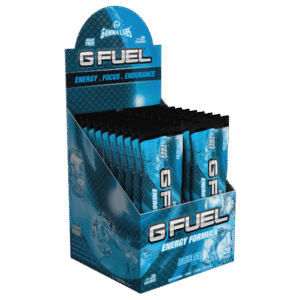Home » Corrugated POP Display Printing
Corrugated POP Display Printing
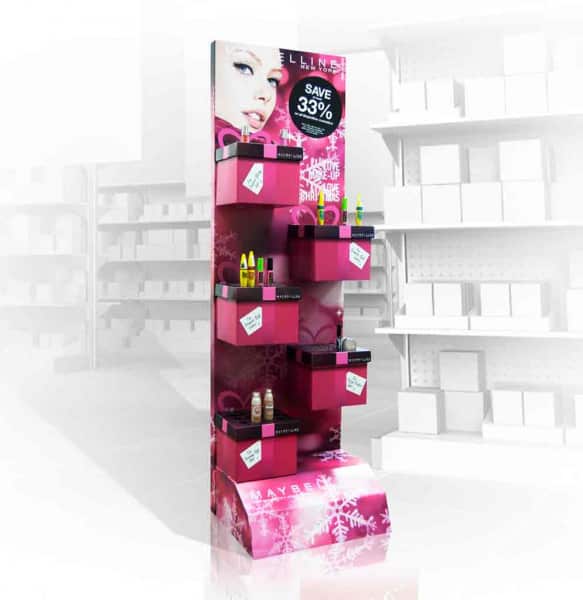
Point-of-purchase (POP) displays are designed to capture shopper attention and influence buying decisions. Beyond structure and branding, the quality of print determines how well a display communicates from multiple viewing angles in a retail environment. Selecting the right printing method ensures your display performs both visually and functionally.
Printing Methods for Corrugated POP Displays
Not all printing methods are suited for corrugated displays. Each has its own strengths and trade-offs in cost, speed, quality, and run size. The three most common methods are:
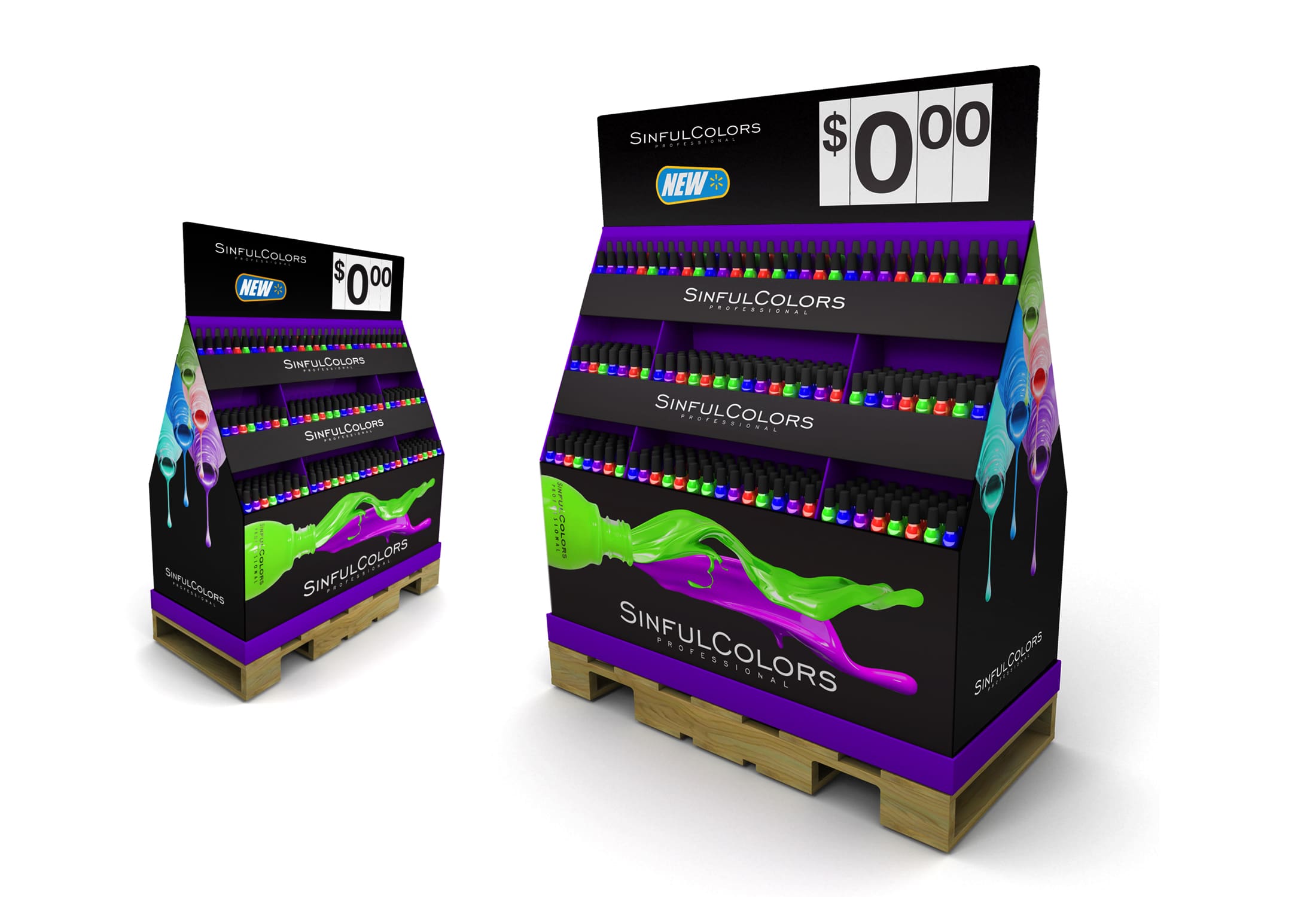
Flexographic Printing
Flexographic printing uses plates to apply ink as material passes through rollers.
Advantages
Cost-Efficient at Scale: Once plates are created, cost per unit is low for large or repeat orders.
Pantone Accurate: Ensures precise color matching across production runs.
Versatile: Works on uneven surfaces and a wide range of substrates.
High Speed: Suited for mass production.
Limitations
High Startup Costs: Plates and tooling are expensive, making short runs less economical.
Poor for Sampling: Costly and impractical to produce prototypes.
Best Fit: Large-volume retail displays where consistency and color accuracy are priorities.
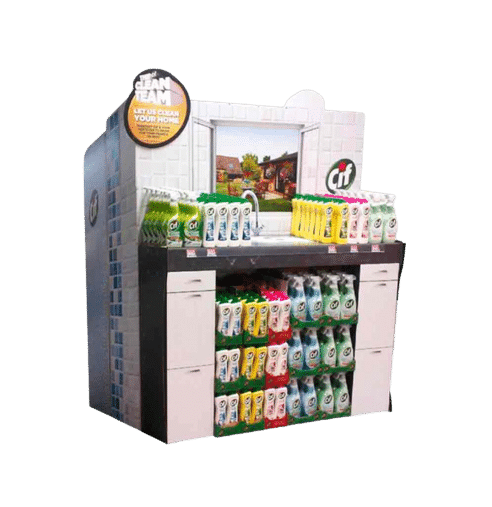
Digital Printing
Digital printing applies artwork directly from a file to the substrate, eliminating plates.
Advantages
Low Startup Cost: Cost-effective for short runs and prototypes.
Fast Turnaround: Ideal for tight deadlines or seasonal campaigns.
Flexible: Easily handles multiple SKUs or frequent artwork changes.
High Quality: Produces sharp graphics suitable for branded displays.
Limitations
Less Economical at Scale: Higher cost per unit for large volumes.
Color Variability: Approx. 95% accurate; not a perfect Pantone match.
Slower Mass Output: Not as efficient as flexographic presses for high quantities.
Best Fit: Small-batch retail displays, prototypes, or variable-data campaigns.
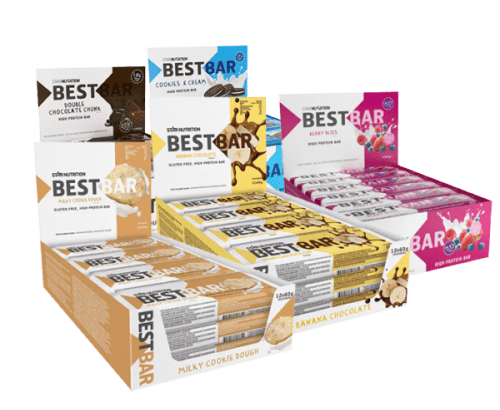
Lithographic (Offset) Printing
Lithographic printing transfers ink from a plate to a rubber blanket, then onto the substrate, with options for coatings or varnishes.
Advantages
Highest Quality: Sharp, detailed graphics with accurate color reproduction.
Premium Finishes: Coatings and varnishes enhance durability and appearance.
Scalable: Handles small to large format prints.
Limitations
High Setup Cost: Plates and setup make short runs expensive.
Not Sample-Friendly: Prototypes are cost-prohibitive.
Longer Lead Time: Setup and adjustments require planning.
Best Fit: High-volume displays where premium image quality is essential for brand impact.`
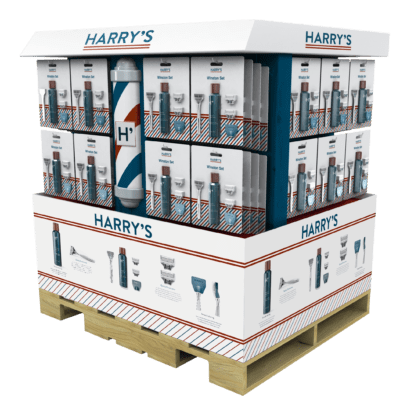
Designing Graphics for POP Displays
Effective POP displays combine structure with clear, impactful graphics. Common elements include:
Logos and Brand Colors
Product Imagery
Text (ingredients, instructions, contact info)
Symbols and Icons
Promotions or Pricing
Call-to-Action Messaging
Mascots or Characters
Any artwork provided must be adjusted to fit dielines correctly. Designers ensure bleed, folds, and structural features align with graphics to avoid misprints.
Choosing the Right Printing Method
When selecting a printing process, consider:
Quality: Lithographic offers the highest resolution; flexographic is durable but less detailed.
Budget and Quantity: Flexographic suits large runs, digital works best for small runs, lithographic for high-volume premium graphics.
Lead Time: Digital is fastest due to no plate requirements.
Brand Goals: For premium retail impact, lithographic justifies higher cost; for efficiency, flexographic is the workhorse.
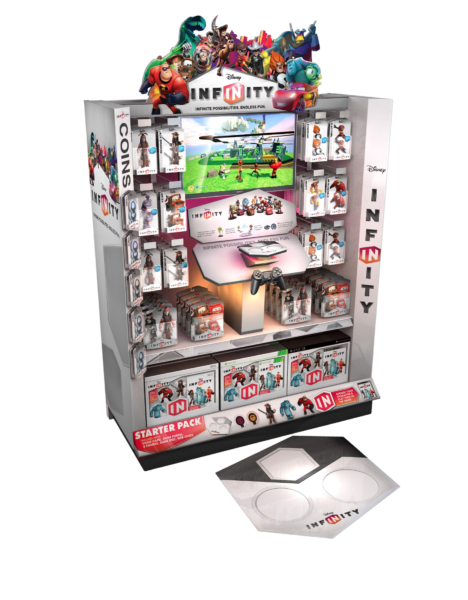
Buyer Takeaway
Use flexographic printing for large-scale runs that need durability and consistent Pantone colors.
Choose digital printing for prototypes, short runs, or campaigns with multiple SKUs.
Invest in lithographic printing for premium displays that require sharp, high-quality graphics.
Selecting the right method ensures POP displays not only stand out visually but also align with budget and timeline requirements.
References
Association of Independent Corrugated Converters (AICC). (2024). Printing Methods in Corrugated Packaging. Retrieved from https://www.aiccbox.org
Flexible Packaging Association. (2023). Digital vs. Flexographic Printing. Retrieved from https://www.flexpack.org
Robertson, G. L. (2016). Food Packaging: Principles and Practice (3rd ed.). CRC Press.
One of the biggest challenges in sustainable packaging is balancing environmental responsibility with product protection. Buyers often worry that switching to eco-friendly materials means sacrificing
In today’s competitive market, packaging affordability doesn’t start with cheaper materials — it starts with smarter design. Every score, fold, and insert decision affects not
Every brand is feeling the squeeze — higher raw material costs, volatile freight rates, and a consumer base more price-conscious than ever. But cutting packaging
Corrugated board comes in multiple flute sizes and wall grades, each designed to balance strength, weight, and cost. Selecting the wrong grade can lead to
As tariff changes reshape global trade, packaging buyers moving production from China to the U.S. or nearshore regions face a new challenge: supplier qualification. Transitioning
With new tariff proposals and continued trade uncertainty, 2026 is shaping up to be another pivotal year for packaging sourcing strategy. Many companies that shifted
Home » Corrugated POP Display Printing
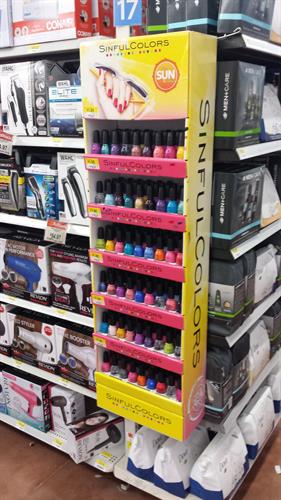
POP display design must serve two masters — maximizing visual impact in-store while minimizing logistics costs. Engineering the right balance between display footprint, assembly complexity,
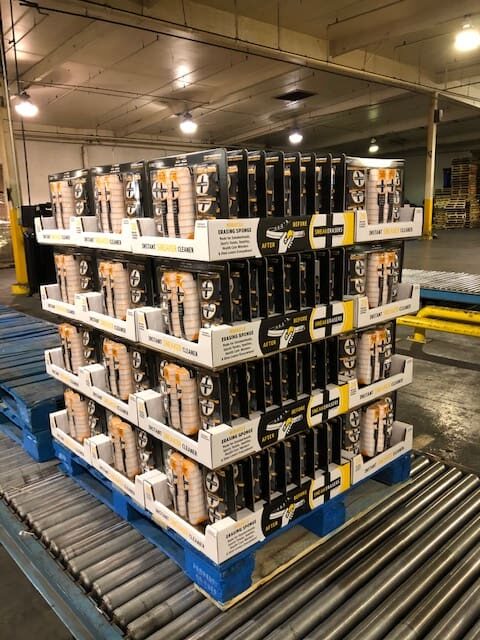
Once the design and material selection for a Point of Purchase (POP) display are locked in, the project moves into the critical production phase. This
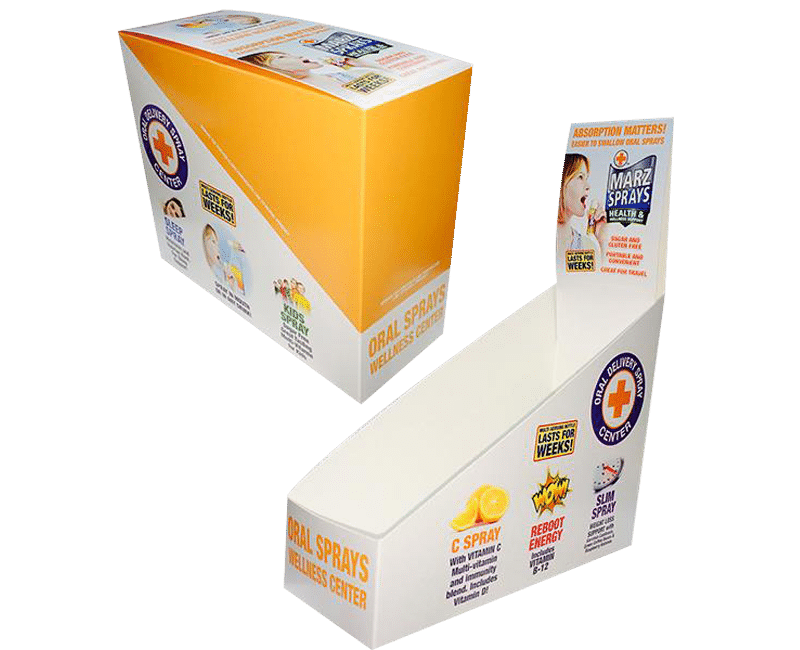
The design and prototyping phase is a pivotal step in the creation of a Point of Purchase (POP) display. It’s where the conceptual groundwork laid


